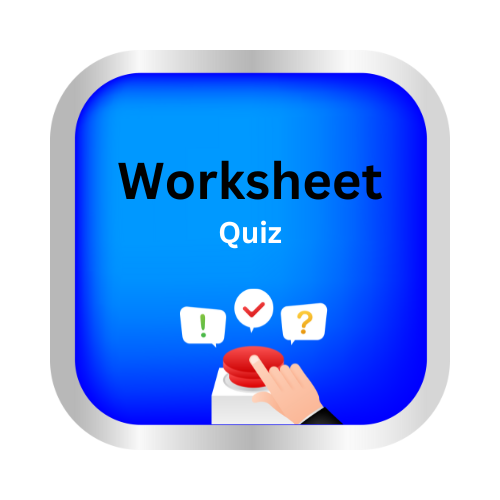Match causes and effects in informational texts
Key Notes :
Understanding cause and effect can help you figure out how events or ideas in a text are connected to one another. Writers often use signal words to show that a cause or effect is about to be given.
A cause is the reason why something happens. Causes usually come after words like because, since, when, as a result of, the effect of and due to.
An effect is what happens because of the cause. Effects usually come after words like so, therefore, thus, consequently, for this reason, the cause of, lead to and result in.
Alligators almost became extinct because people over-hunted them. Cause: People over-hunted alligators. Effect: Alligators almost became extinct.
There hasn’t been much rain, so the harvest will be small this year. Cause: There has been little rainfall. Effect: The harvest will be small.
Learn with an example
🔔 Read the text.
Not everyone likes to cook or even has the time to do so. Engineers in Britain have developed a robot that can make a meal. The robot is able to imitate the movements of human hands as a result of several different motors and sensors. Because it can also be programmed with daily directions, it can have breakfast or dinner ready just when you want it.
Match causes with their effects.
| The robot can be programmed with directions. | The robot has special motors and sensors. |
| Cause | Effect |
| The robot can move like a person. | |
| The robot can make meals whenever you want them. |
Look at the cause-and-effect words in the passage.
Not everyone likes to cook or even has the time to do so. Engineers in Britain have developed a robot that can make a meal. The robot is able to imitate the movements of human hands as a result of several different motors and sensors. Because it can also be programmed with daily directions, it can have breakfast or dinner ready just when you want it.
These words help show how different causes and effects are connected in the text.
| Cause | Effect |
| The robot has special motors and sensors. The robot can be programmed with directions. | The robot can move like a person. The robot can make meals whenever you want them. |
🔔Read the text.
Around 406 CE, Attila the Hun was born in what is now Hungary. Attila worked to create a terrifying reputation far and wide. This ultimately led to his taking power and becoming the sole ruler of the Hunnic Empire, which he expanded throughout his rule. After Attila’s death in 453 CE, his three sons fought over control of his empire. Because of this fighting, people in the empire were able to successfully rebel, and the Hunnic Empire ended.
Match causes with their effects.
| Attila’s family fought | Attila terrified people |
| Cause | Effect |
| Attila became king. | |
| Attila’s empire fell. |
Look at the cause-and-effect words in the passage.
Around 406 CE, Attila the Hun was born in what is now Hungary. Attila worked to create a terrifying reputation far and wide. This ultimately led to his taking power and becoming the sole ruler of the Hunnic Empire, which he expanded throughout his rule. After Attila’s death in 453 CE, his three sons fought over control of his empire. Because of this fighting, people in the empire were able to successfully rebel, and the Hunnic Empire ended.
These words help show how different causes and effects are connected in the text.
| Cause | Effect |
| Attila terrified people. | Attila became king. |
| Attila’s family fought . | Attila’s empire fell. |
Read the text.
Millions of years ago, the remains of dead plants, bark and roots gradually collected in layers. This led to the formation of a material called peat, usually at the bottom of swamps or other watery areas. Dirt and water would then build up over the peat. Over thousands of years, the pressure on the peat slowly increased. This had the effect of turning the peat into coal.
Match causes with their effects.
| Plant remains piled up in layers. | Pressure built up. |
| Cause | Effect |
| Swamps slowly filled with peat. | |
| Peat turned into coal over time. |
Look at the cause-and-effect words in the passage.
Millions of years ago, the remains of dead plants, bark and roots gradually collected in layers. This led to the formation of a material called peat, usually at the bottom of swamps or other watery areas. Dirt and water would then build up over the peat. Over thousands of years, the pressure on the peat slowly increased. This had the effect of turning the peat into coal.
These words help show how different causes and effects are connected in the text.
| Cause | Effect |
| Plant remains piled up in layers. | Swamps slowly filled with peat. |
| Pressure built up. | Peat turned into coal over time. |
let’s practice!

